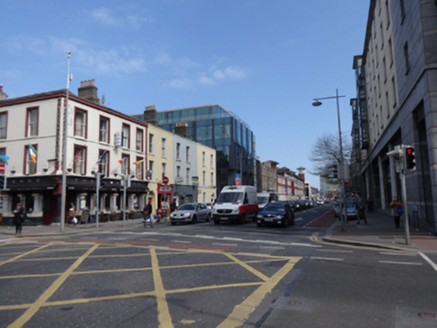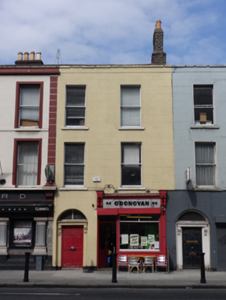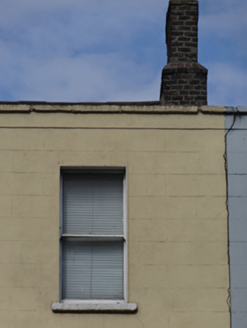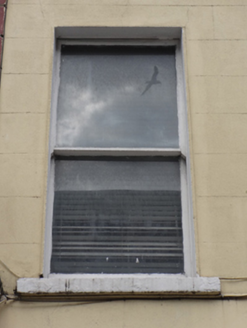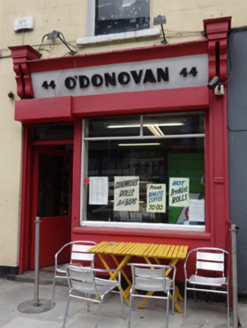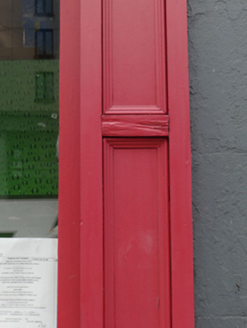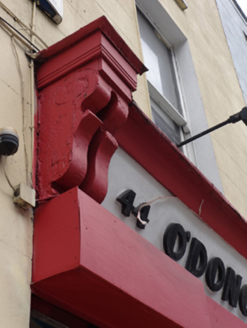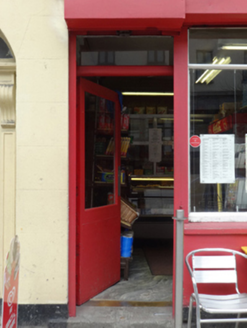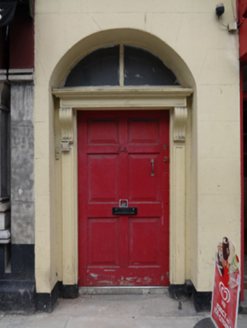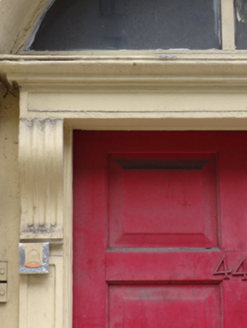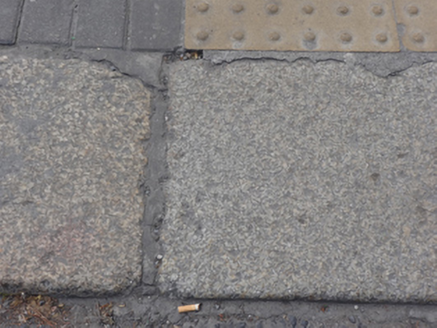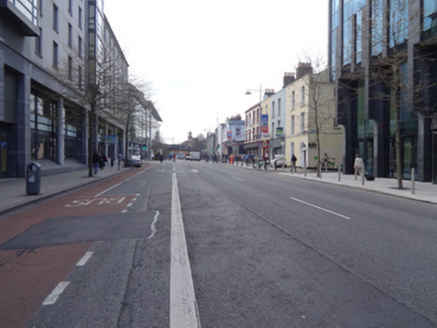Survey Data
Reg No
50020368
Rating
Regional
Categories of Special Interest
Architectural
Original Use
House
In Use As
Restaurant
Date
1820 - 1840
Coordinates
316678, 234064
Date Recorded
21/04/2015
Date Updated
--/--/--
Description
Attached two-bay three-storey over basement former house, built c.1830, with early twentieth-century shopfront to front (south) elevation. Now in use as cafe having apartments to upper floors. Pitched slate roof, clay ridge tiles, yellow brick chimneystack with clay pots, rendered parapet having granite coping. Lined-and-ruled rendered wall to front with render eaves course. Square-headed window openings with raised render reveals, granite sills, replacement one-over-one pane timber sliding sash windows to upper floors. Square-headed display window opening to shopfront, having fixed transoms with timber glazing bars, flanked by timber panelled pilaster having stylised brackets flanking fascia with raised timber lettering and carved timber cornice. Square-headed door opening to shop having half-glazed timber door with fixed transom. Round-headed door opening to west having timber panelled door and masonry doorcase, comprising panelled pilasters surmounted by fluted console brackets supporting carved cornice, plain fanlight with central glazing bar. Granite kerb stones to front. Situated to north side and centre of Pearse Street.
Appraisal
This building retains a shared parapet height and similar detailing in the round-headed door opening with its neighbours, which creates a sense of continuity in the streetscape. In the mid nineteenth century it was the home of a Mrs. M'Garry, with an an annual valuation of £23. Previously known as Great Brunswick Street, the street was renamed in 1922 to commemorate William and Patrick Pearse, who were executed for the part they played in the 1916 Rising, and whose family had a business on the street. There were delays in the establishment of the street's width until 1812, due to difficulties in negotiations between the Wide Streets Commissioners and Trinity College Dublin, whose land formed the street's southern boundary.
